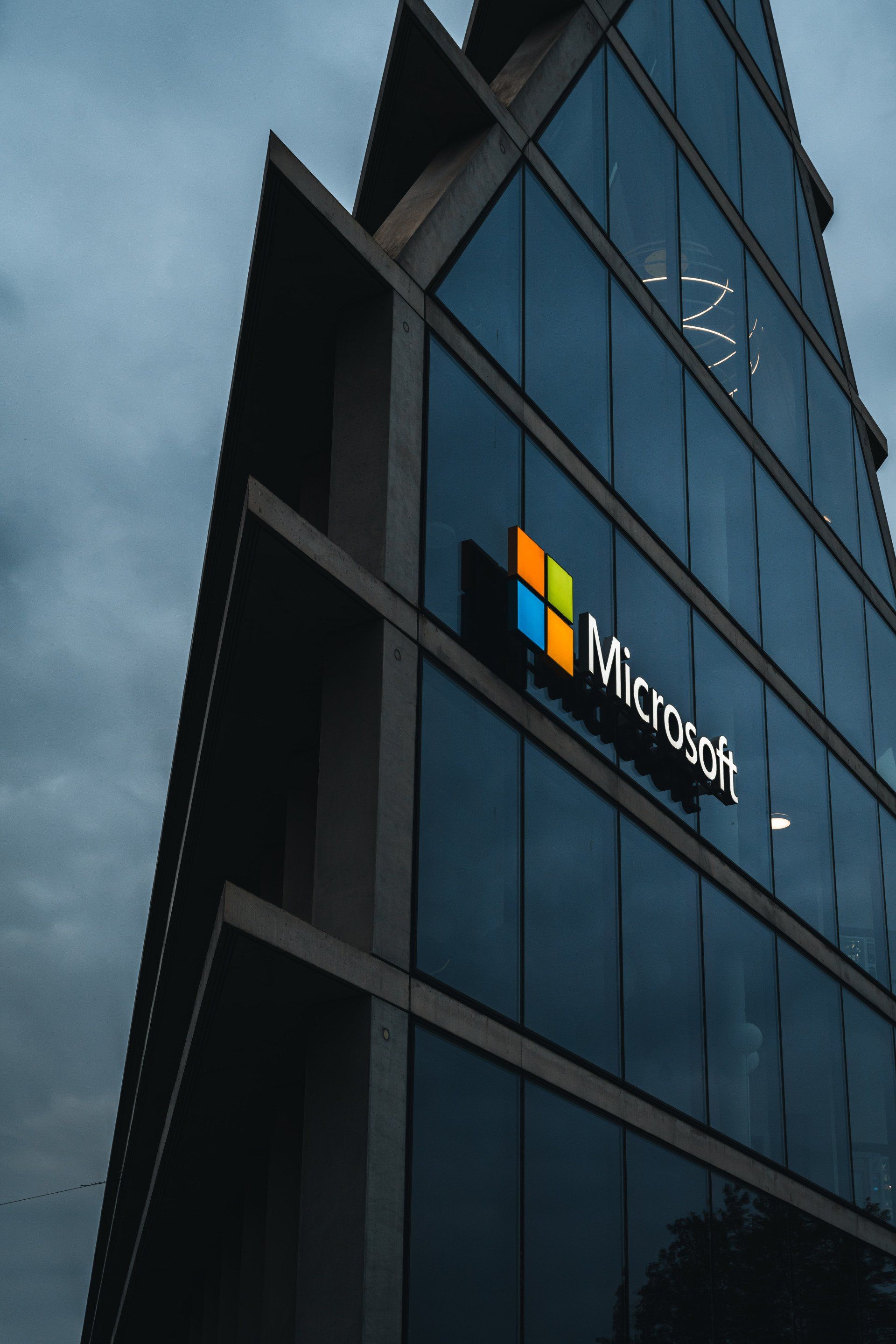SASE Introduction
What is SASE?
In the present business environment, organizations are adopting many cloud applications and requiring remote work due to COVID, which means the traditional approach to building the network and security infrastructure would not be able to meet their needs. In order to address this need, the industry developed the SASE framework and provide modern security and network solution.
SASE is a converged network and security framework that combines the capabilities of network and security services. It provides secure and seamless access to enterprise applications and resources from any location, using any device.
SASE Components
The components of a SASE architecture typically include the following:
- SD-WAN (Software-Defined Wide Area Network): This technology helps to connect offices and users from different locations securely, to optimize network traffic and prioritize critical applications, resulting in faster and more reliable access to enterprise resources.
- SWG (Secure Web Gateway): This component protects users against malware, phishing, and other internet-borne threats when accessing Internet.
- CASB (Cloud Access Security Broker): This component is responsible for monitoring and securing cloud-based resources and tracking confidential data leakage via SaaS applications.
- NGFW (Next-Generation Firewall): This component provides the network security functionality with minimal overhead and management
- Zero-Trust Network Access (ZTNA): This component offers an alternative to traditional secure remote access solutions that follows zero-trust policies and provides access to resources on the least privilege and access basis.
SASE Benefits
One of the key benefits of SASE is improved security. By encrypting network traffic and authenticating users, SASE helps protect against cyber threats such as hacking and data theft. This is particularly important in today's increasingly connected and distributed business environment, where employees may be accessing sensitive information from a variety of different devices and locations.
With SASE, employees have access to corporate resources from anywhere and at any time. This allows organizations to embrace flexible working arrangements and respond quickly to changing business needs. SASE, for example, can help employees quickly and securely access resources they need to meet a sudden surge in demand.
SASE also simplifies how people manage the network and security infrastructure by consolidating multiple services (e.g. VPN, firewall, WAN optimization) into a unified, cloud-based platform. This can reduce the costs and effort associated with managing and maintaining on-premises infrastructure. SASE can optimize network traffic by QoS and packet level error-correction and prioritize critical applications, resulting in faster and more reliable access to enterprise resources.
Key considerations when deploying SASE solution
There are several key considerations to keep in mind when deploying a SASE (Secure Access Service Edge) solution:
- Security: As with any network security solution, it is important to carefully evaluate the security capabilities of the SASE vendor and ensure that their solutions meet your organization's security requirements. This may include conducting security audits, reviewing security certifications, and verifying the vendor's security practices and policies.
- Performance: SASE is designed to optimize network traffic and prioritize critical applications, resulting in faster and more reliable access to enterprise resources. It is important to evaluate the performance of the SASE vendor's solutions and ensure that they meet your organization's performance requirements.
- Integration: SASE typically integrates with a variety of other technologies, such as identity and access management (IAM) solutions, cloud security services, and networking equipment. It is important to ensure that the SASE vendor's solutions are compatible with your existing technology stack and can be seamlessly integrated into your existing environment.
- Scalability: As your organization grows and changes, your SASE solution should be able to scale and adapt to meet your evolving needs. It is important to choose a SASE vendor that offers flexible and scalable solutions that can grow with your organization.
- Support: SASE is a complex technology that requires expertise and support to be implemented and maintained effectively. It is important to choose a SASE vendor that offers a high level of support and expertise, including technical assistance, training, and consulting services.
Last words
SASE is a framework that helps organizations to come up a scalable, secure, and cost-effective way to enable remote and mobile access to their applications and resources. As a consulting company, we can help our clients understand the potential benefits of SASE and guide them through the process of implementing this technology. If you would like to learn more about SASE and how it can benefit your organization, please contact us to schedule a consultation.



